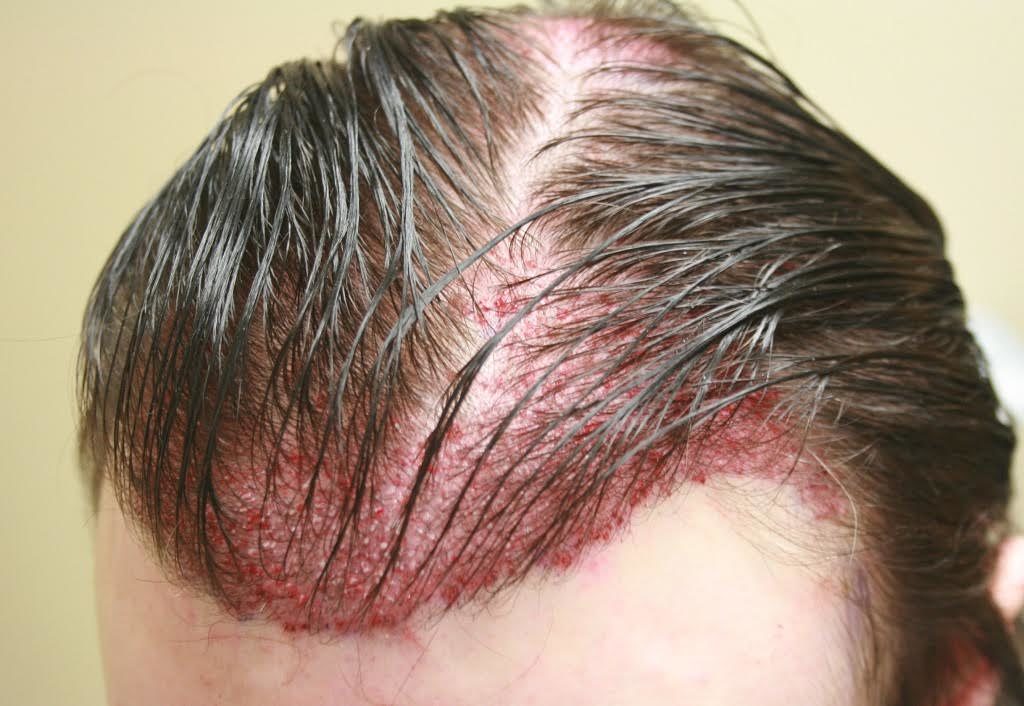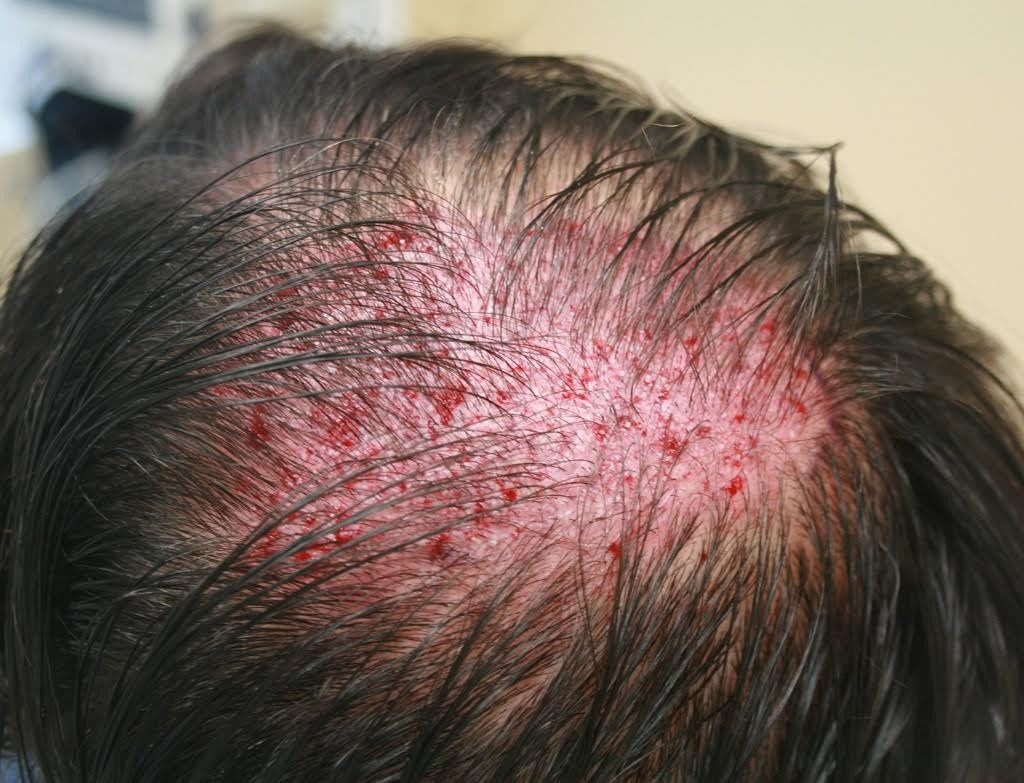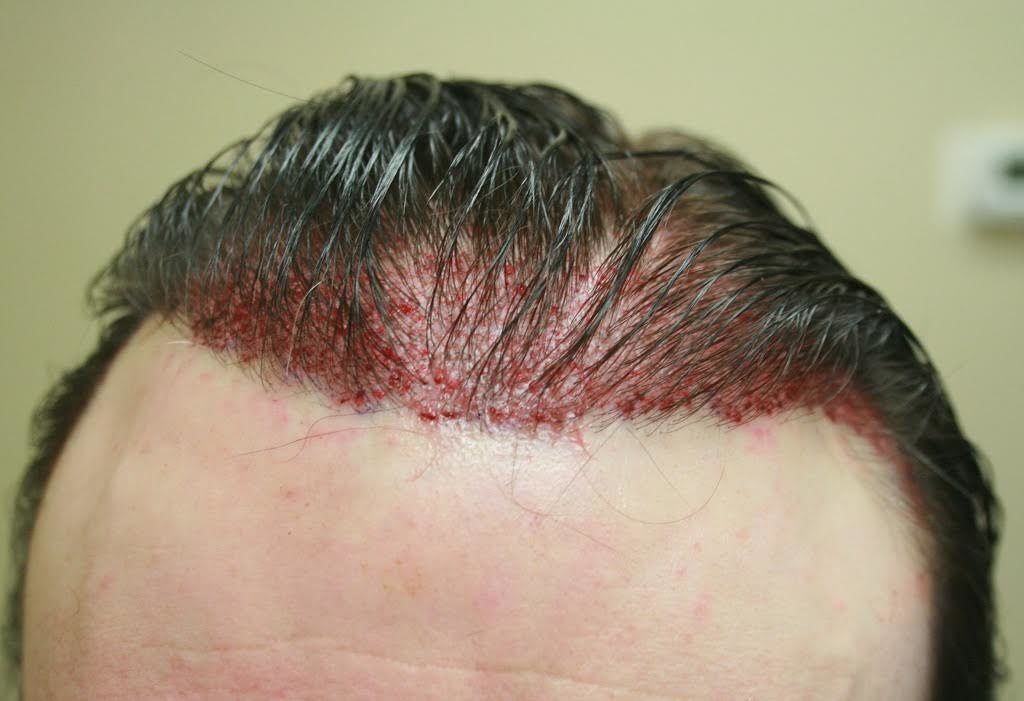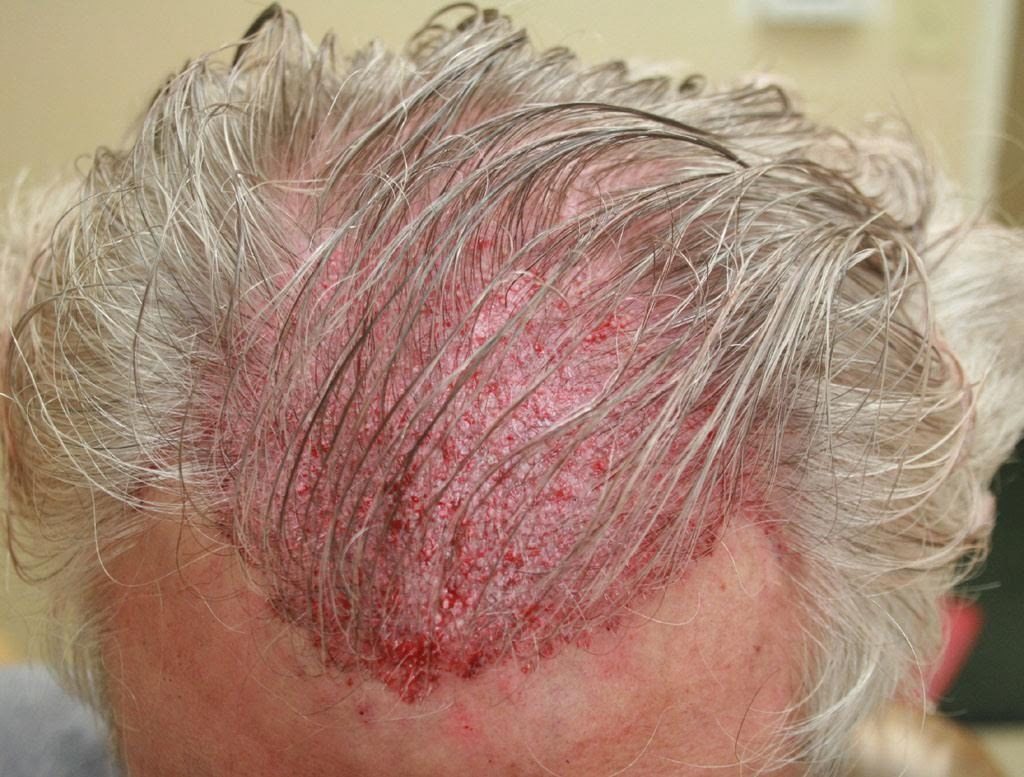Shave or not to Shave – by Dr. Scott Alexander Phoenix, AZ
This is a question that seems to be very popular at this time and I have many patients request that they not be shaved in the recipient area for the surgery.
Since I had my hair transplant there were some things that bothered me as a patient post op. One of them was shaving the recipient area so I truly understand and can relate as a patient to the incredible anxiety associated with the “shaving “ aspects of the surgery in the recipient area. ( The donor region tends not to be too much concern as this can be disguised or it recovers easily due to length hair can be worn )
This is why I decided to offer and provide a non shave option for patients that I feel are suitable and also specifically request it. If I feel I can achieve and get as good a result and the patient specifically needs the least intrusive method so that he/she can get back to work sooner and requires a quicker recovery time then I am happy to perform the surgery accordingly to help benefit the patient in the short term.
The reason many clinics do not offer or prepared to offer the “non shaven” procedure in the recipient area is because, flat out, it is much more difficult and time consuming to perform the surgery – but lets not forget it is great for hiding a procedure immediately post op which as many can relate to is a vital part of the process for them and one that needs to be considered. The vast majority of patients, lets face it, do not wish for anyone outside their circle of trust to know they have opted for a hair transplant procedure and also need to be back up and running in their work place as soon as possible.
The only way this can be done well and safely is to be very sure you do not hit any follicles while making the incision slits and this requires a great deal more focus and time as well as skill. Many doctors do not care in my opinion and transect many follicles whether they shave or not and this is the truth of the matter.
This is very important. There is a big difference between a transected follicle versus one that goes into shock. Shock loss is where the follicle goes dormant because of the trauma of making slits around it. These hairs will sit dormant and then begin growing when the grafts begin to grow. Transected follicles will die and if more time and care and focus is given to the surgery this can be avoided. So people who have shock will regrow whether the hair is shaved or not. If its shaved you just don’t notice it. Even if you do get some shedding and shock the non shaven area still gives you much better coverage than if you had shaved 100% and recovery time is undoubtedly quicker.
The important thing to remember is that if I think the procedure won’t be as good if I don’t shave then I won’t do it. This is mostly true for the crowns because of the angles in the swirl. Our first objective is always to get the best hair transplant as possible and to not jeopardise the patients existing hair in any way if it can be avoided.
I hope this topic helps and please see below a range of my non shaven immediately post op results. These patients all recovered post op very quickly compared to patients who’s recipient areas were completely shaved down. On average I would say non shaven patients can “get away “ with surgery by day 10 as the hair helps mask any remaining redness and hair can be styled to suit, compared to a shaven recipient area which on average can take 3-4 weeks minimum to start looking normal again as you are waiting on the hair to regrow and then its very very short.
Regards
Dr. Scott Alexander
For a free online consultation with Dr Alexander please use the consultation form here :
Online consultation with Dr. Scott Alexander
Examples of immediately post of of Dr Alexanders patients.










